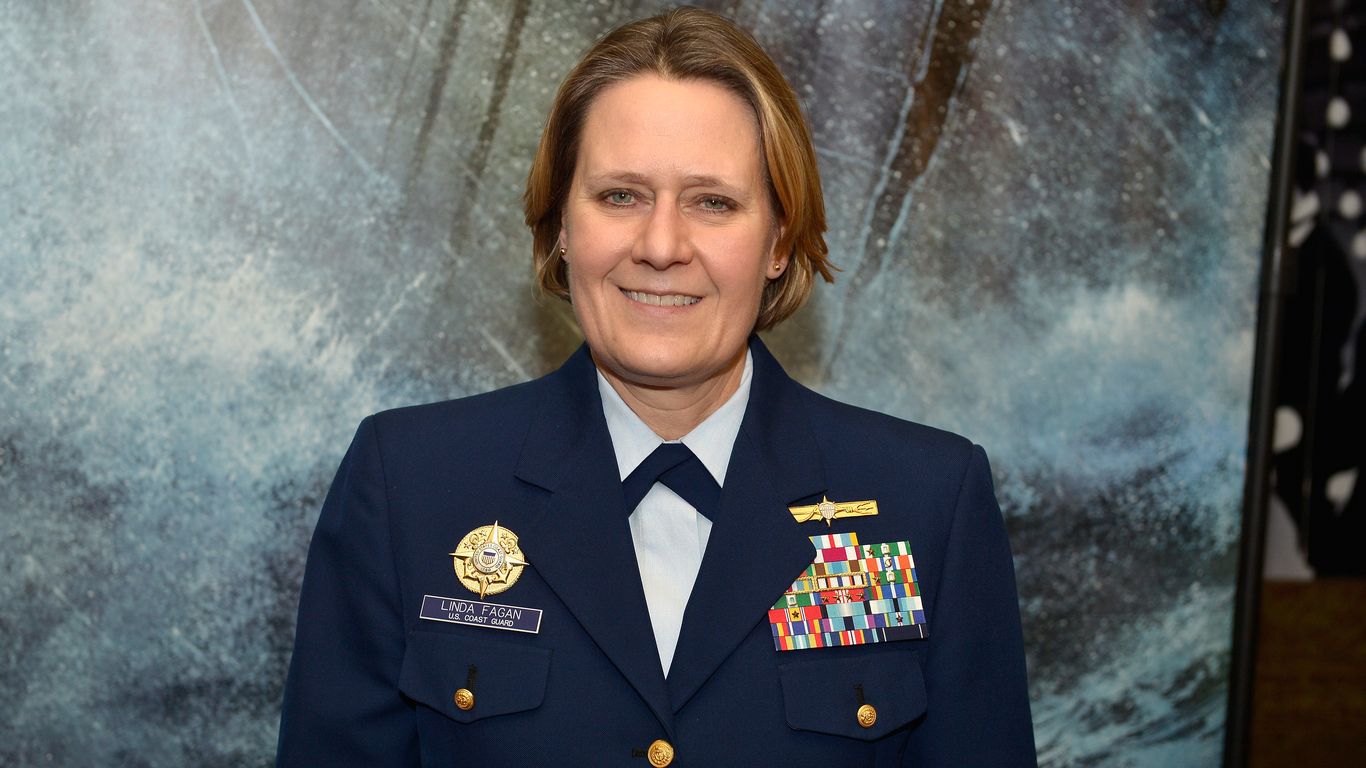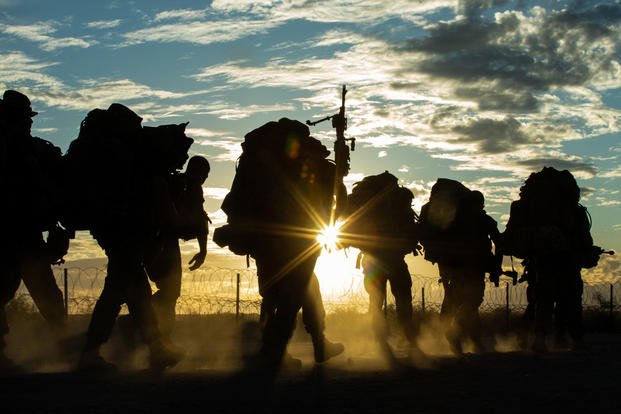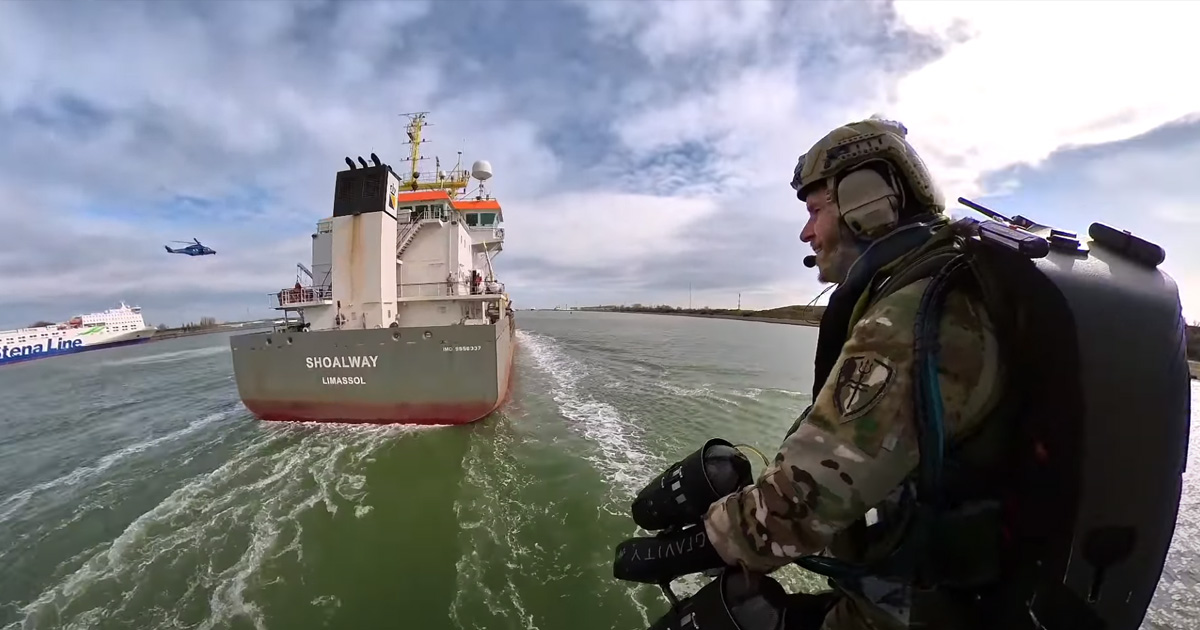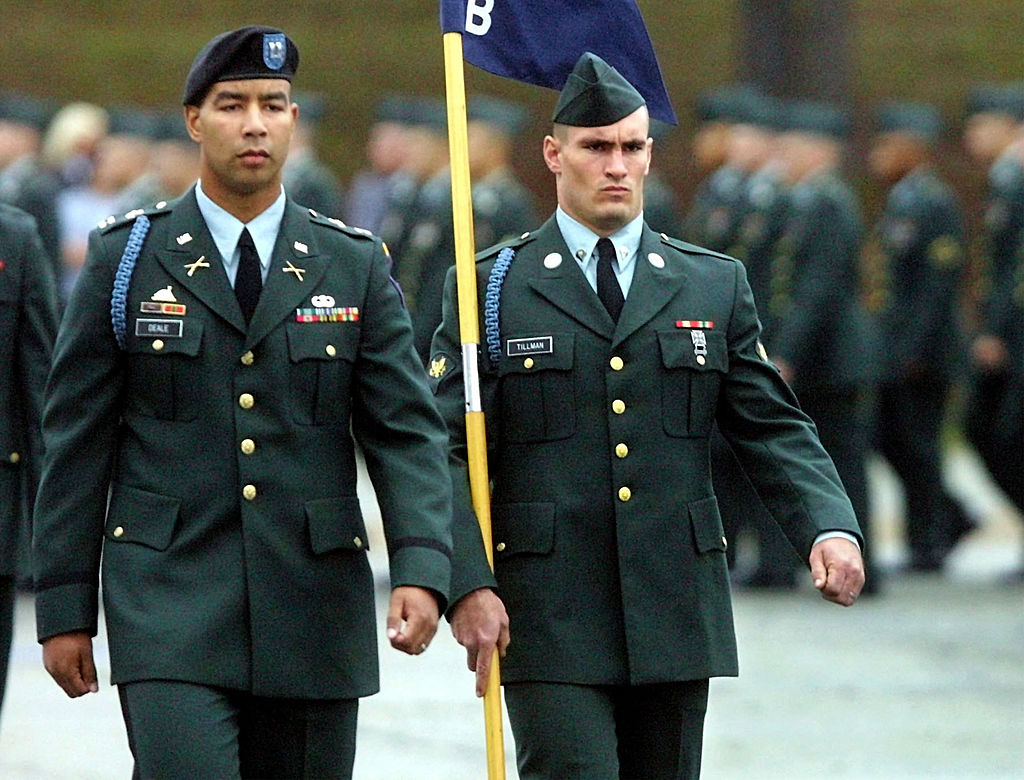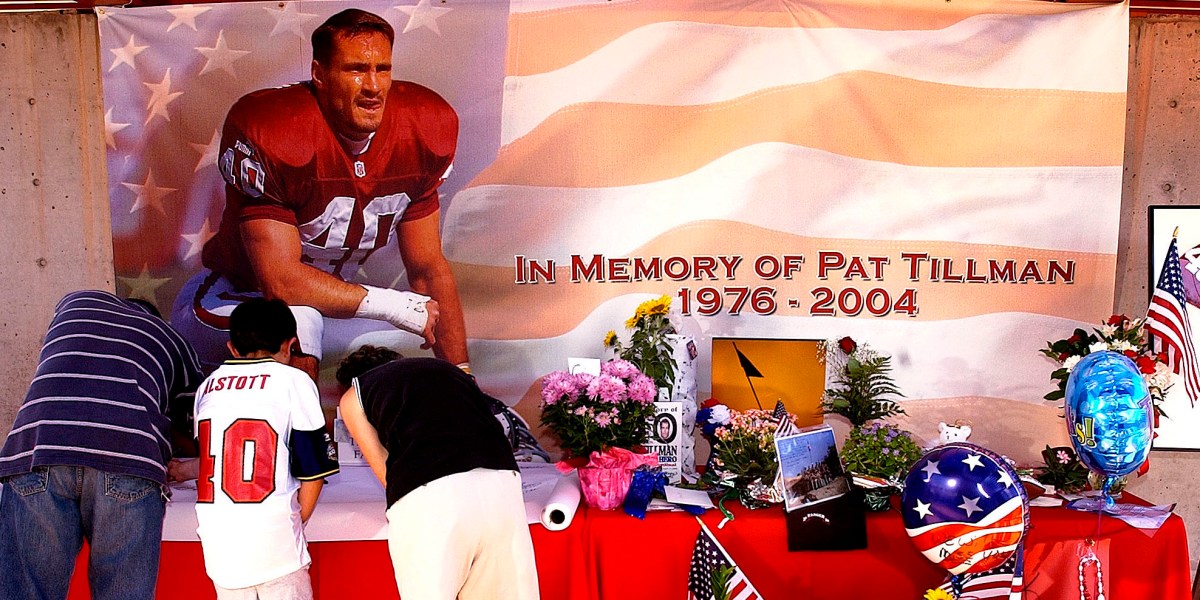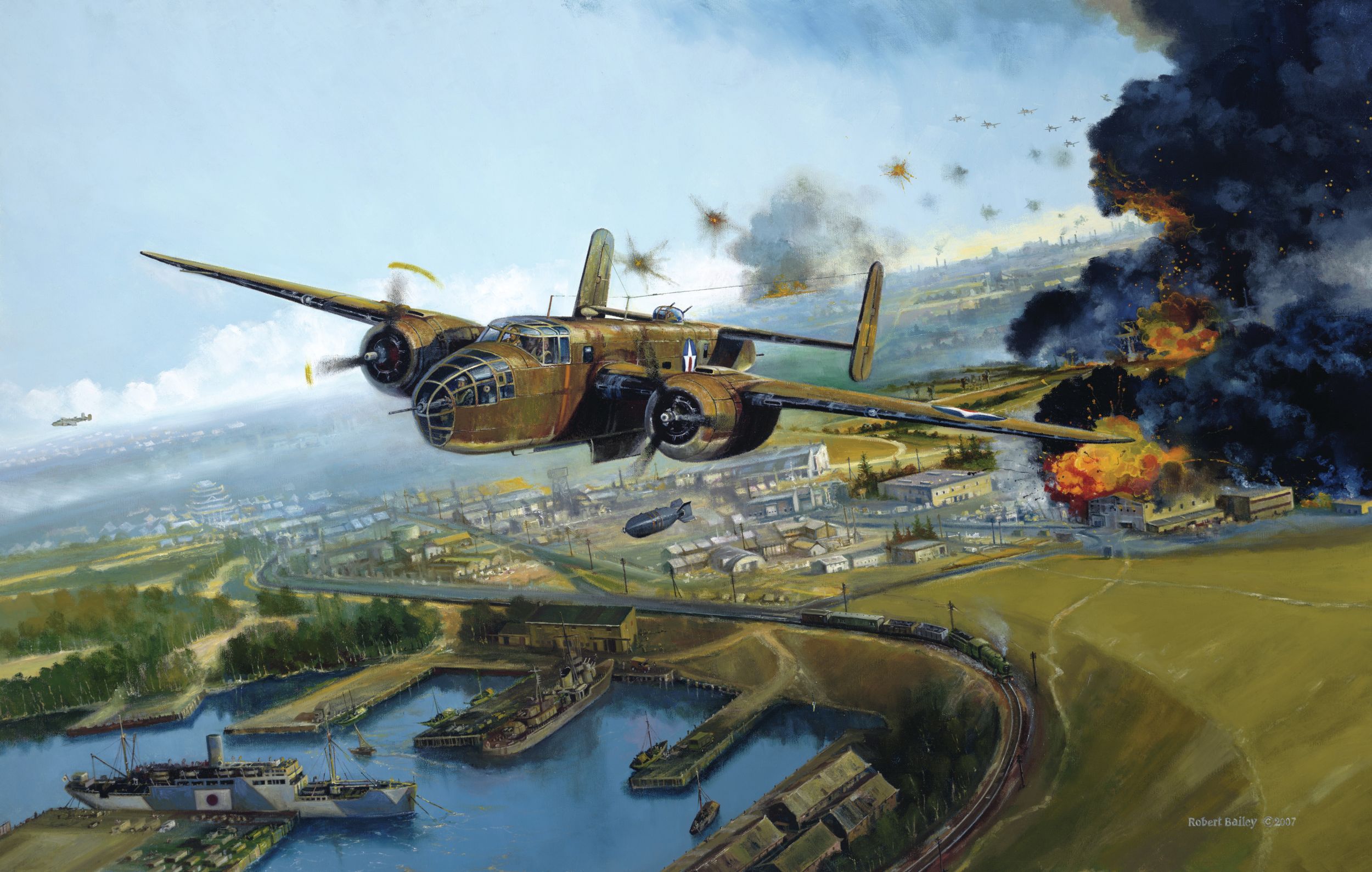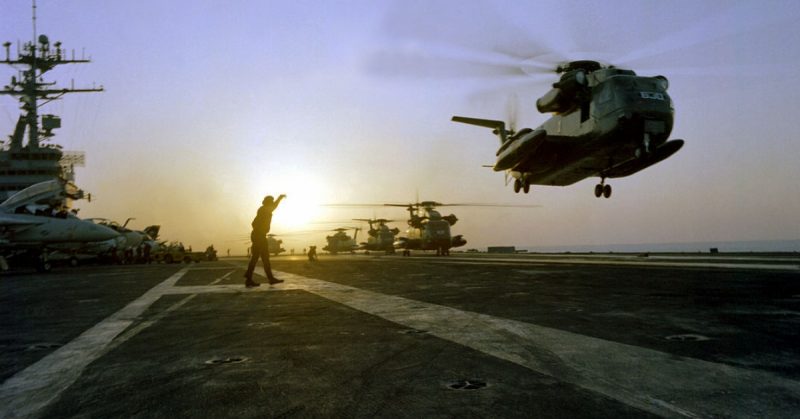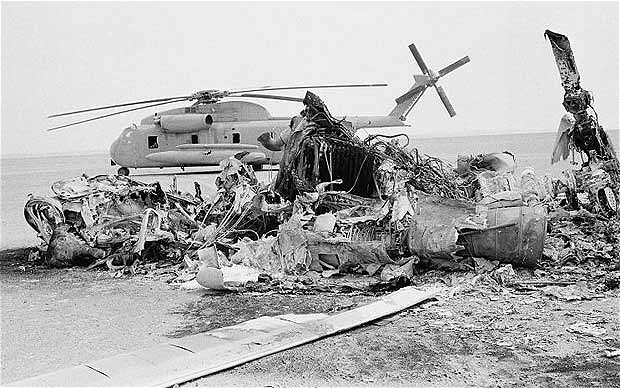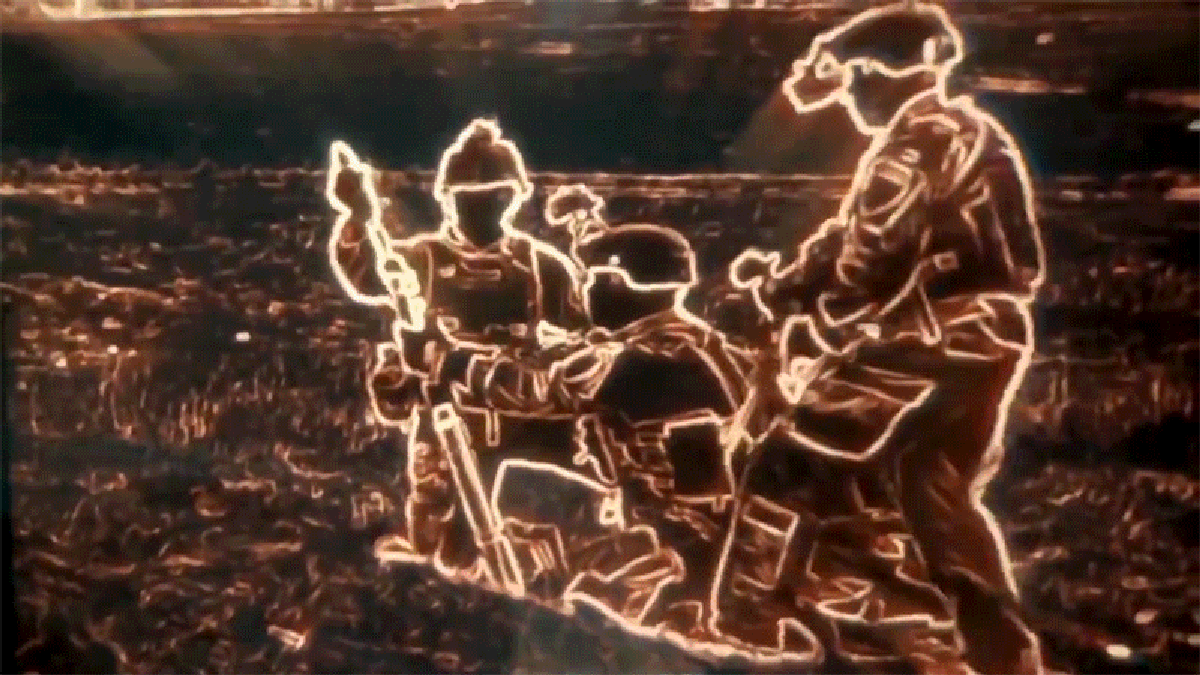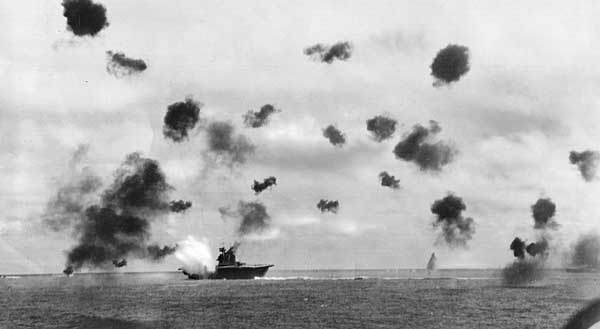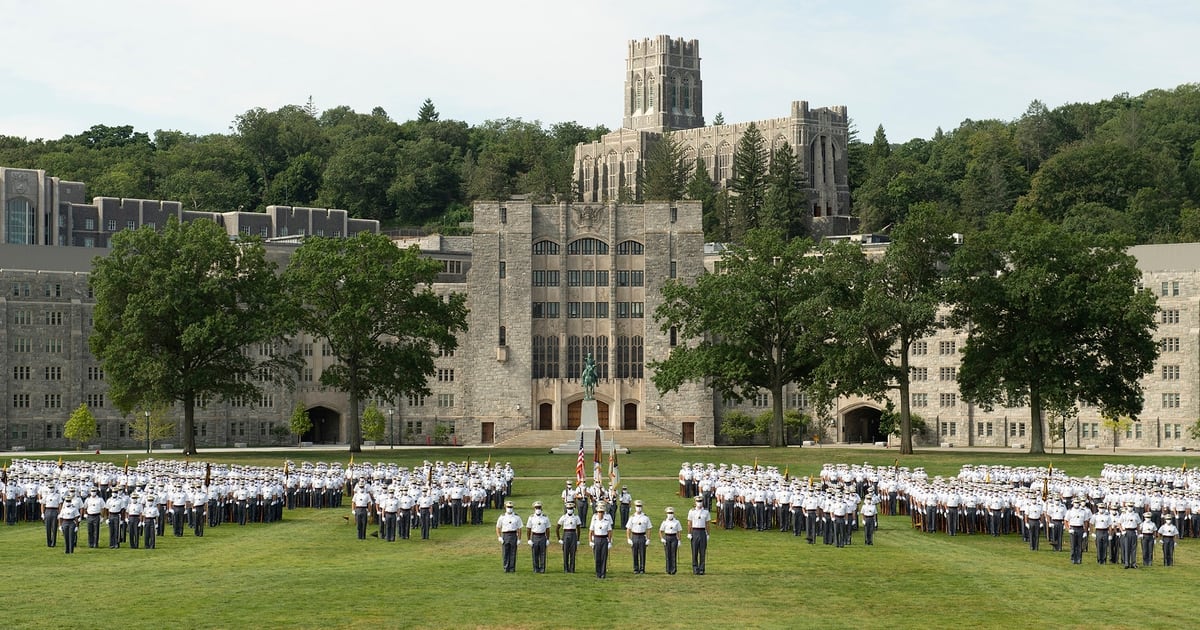BarnBuster
Virtually Unknown Member
April 18, 1943 – An aircraft carrying the Commander of the Japanese Combined Fleet, Admiral Yamamoto, is shot down by P-38 Lighting fighters over Bougainville. Yamamoto is killed. This action is the result the interception of a coded Japanese message announcing a visit by Yamamoto. The Japanese fail to deduce that their codes are insecure.
The Bougainville jungle was so thick, and Yamamoto’s crash site so remote, that Japanese search planes could only circle overhead, vainly seeking any sign of survivors. A rescue party finally hacked through to the downed Betty the next day. The admiral’s body was found near the wreckage, belted upright in his seat and still holding his sword, leading some to believe he survived the crash and might have been saved. More likely his body was arranged by another dying victim, in a demonstration of the reverence his countrymen felt toward him. Tokyo did not admit his loss until May 21.
In all of American history, the only equivalent is the operation that killed al Qaeda mastermind Osama bin Laden. Yamamoto was no different from any officer caught in a sniper’s crosshairs—in uniform, on a combat mission, a legitimate military target. Today, when the enemy rarely wears a uniform, the debate centers on targeting terrorist leaders with remote-controlled drones. Few remember that the precedent was set 70 years ago, over the jungles of Bougainville.
The National Interest: Blog
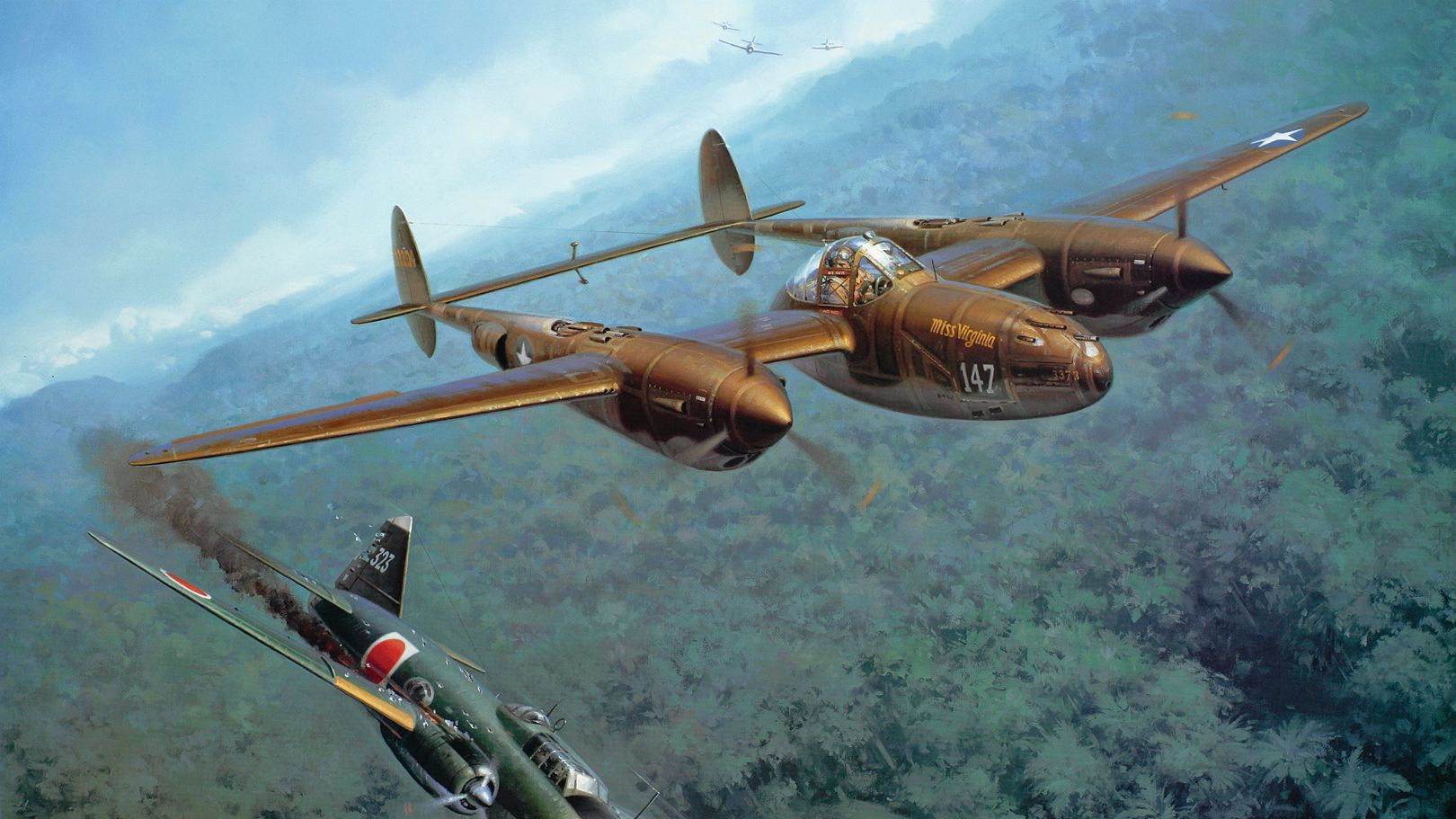
A P-38 Pilot Describes the Attack on Admiral Isoroku Yamamoto
P-38 pilot Roger Ames flew with the mission to shoot down Isoroku Yamamoto, the architect of the Pearl Harbor attack.
Magic and Lightning | Air & Space Forces Magazine
For US pilots, Adm. Isoroku Yamamoto was a “high-value” target but also a fleeting one.
Operation Vengeance : the astonishing aerial ambush that changed World War II / Dan Hampton. (The decision, planning and execution of VENGEANCE, the operation to find Yamamoto's flight and shoot him down.bb)



